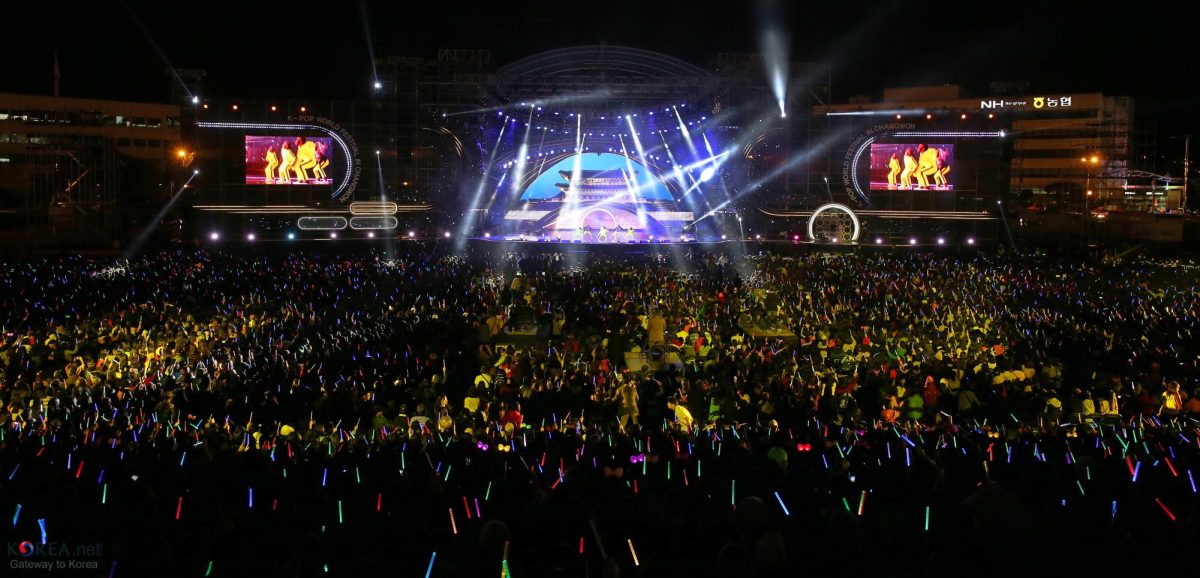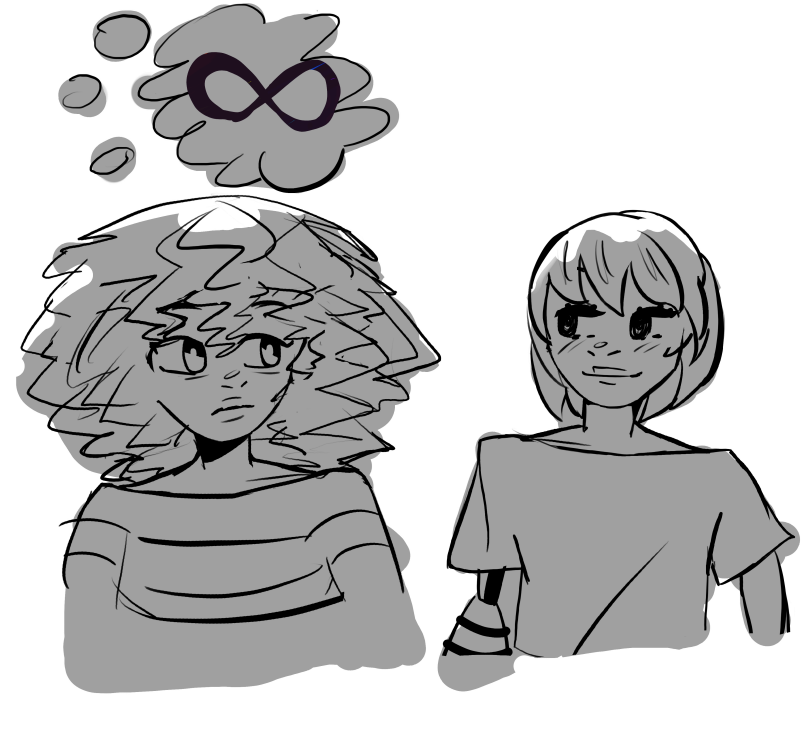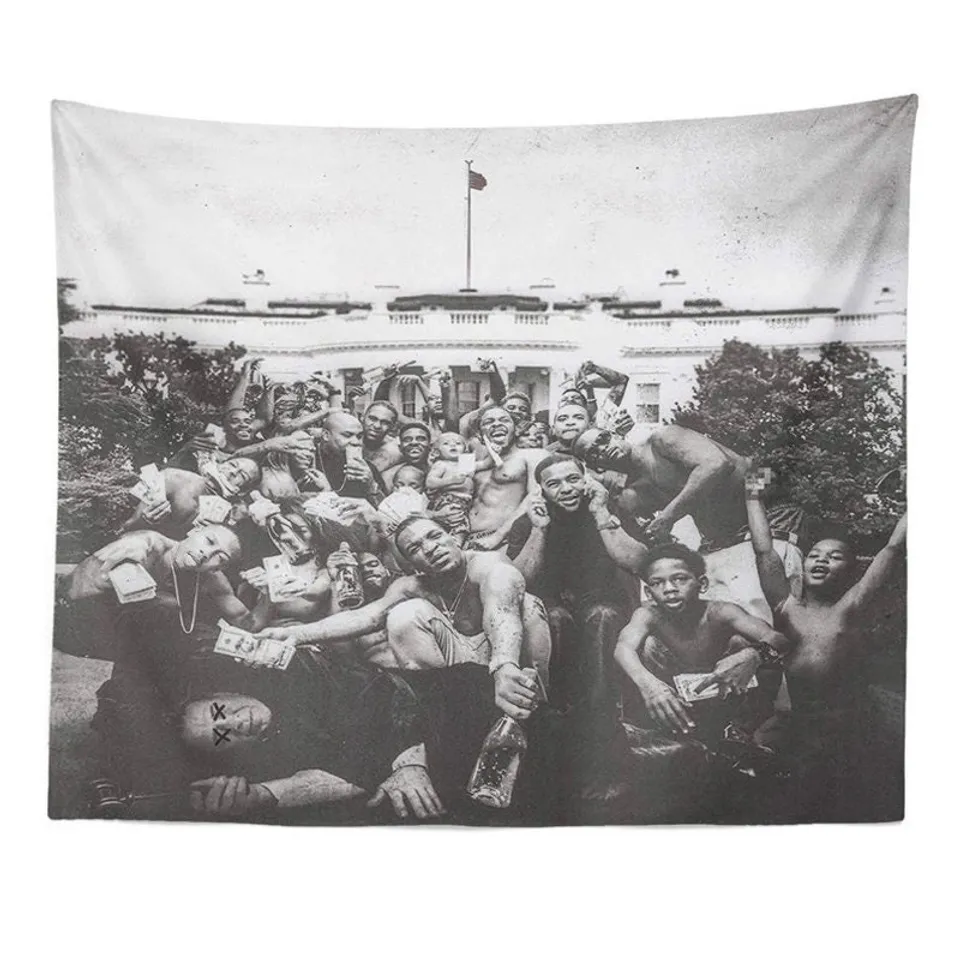A few weeks ago, two climate activists from the climate group Just Stop Oil made a splash when they threw tomato soup at the famous painting Sunflowers created by Vincent van Gogh. The duo then glued themselves to the wall while shouting, “What is worth more, art or life? Is it worth more than food? Worth more than justice? Are you more concerned about the protection of a painting or the protection of a planet and people?” They continued with, “The cost-of-living crisis is part of the cost-of-oil crisis. Fuel is unaffordable to millions of cold, hungry families. They can’t even afford to heat a tin of soup.” The National Gallery in London, the institute in which this took place, released a statement saying that the painting was unharmed and the two protestors had been arrested.
According to Just Stop Oil spokesperson Mel Carrington, they chose this painting as their target because they knew it would garner a lot of attention, and they did it knowing it would be protected by a glass cover. Just Stop Oil has also stated in a press release that the purpose of doing this protest was to demand that the U.K. government “halts all new oil and gas projects.” The protest ensued after the conservative U.K. government offered new licenses that allowed for a new round of oil and gas exploration in the North Sea and reversed a 2019 ban on fracking.
This isn’t the first time that Just Stop Oil has had a protest such as this one. In June, Just Stop Oil activists glued themselves to My Heart’s in the Highlands by Horatio McCulloch, located at the Kelvingrove Art Gallery and Museum in Glasgow. From then on, group members have glued themselves to half a dozen more artworks, and have even inspired other activists in Italy and Germany to do the same. All of these protests have had the same purpose– demanding that the U.K. government stops approving the manufacture and usage of fossil fuels.
The headlines, news stories and various social media posts about these incidents have captured hundreds of thousands of people’s attention, with many people criticizing the activists and saying that their protest had nothing to do with climate change and therefore isn’t going to bring awareness to the issue. However, with so many people highlighting this incident, some think that this protest did exactly what Just Stop Oil wanted.
Despite the tomato soup and Sunflowers occurrence being over two weeks ago, there are still articles, discussions and debates about it, as well as the other acts of creative activism performed by Just Stop Oil. These include the spray painting of Bentley, Ferrari, Ashton Martinand Bugatti showrooms. When the incident first occurred, journalists were criticizing it or had a more neutral outlook on it. However, in recent days, more journalists are voicing their support or emphasizing why the protest is more clever than the public realizes.
India Bourke, a writer for The New Statesman, wrote that “Safe, creative activism needs all the support it can get after the protest crackdown in the government’s Public Order Bill.” She also added that “Climate activists have a keen understanding of the value and vulnerability of our natural world, as did Van Gogh.” Throughout her article, she highlights that Van Gogh himself was a “radical” and if he were alive today, he would’ve embraced and supported the soupy protest that Just Stop Oil targeted his painting with.
Sarah Manavis, a writer for the UK’s i morning paper, wrote that “…the group may in fact be using social media more cleverly than we immediately realise: intentionally harnessing online outrage to spread a message that had been struggling to take hold in the mainstream.” She continues by saying, “Commentary around the protests, and debates about their effectiveness, is still being churned out by major newsrooms, reaching not just the UK media, but also the international press. Each time, the aims of this movement are being stated again, reaching far more eyes and minds than before.”
Other climate activists have been making their support known as well. For example, Hasini Wanigasuriya, a member of Extinction Rebellion and Save Passenger Rail New Zealand, said that the protest was “a fantastic protest that really highlighted how wrong people have their priorities” and continues with, “I just don’t understand, why are people not crying out, why are people not getting mad at governments and organisations and civil society?”
On the other side of the spectrum, an overwhelmingly large amount of people disagree with the protests, even other climate activists. Unfortunately, when a large spectacle is made in order to highlight an important issue, the spectacle can oftentimes obscure the issue. While it garnered a massive amount of attention from the public and news outlets alike, a lot of this attention was negative and just made climate activists be seen as “arrogant” or as “morons.”
Intelligencer’s Eric Levitz wrote that “There is little reason to believe that Just Stop Oil’s plan of attack is the most equitable and effective way of combating the climate problem. We need more climate-conscious young people to dedicate themselves to tackling the technological barriers to decarbonization and formulating industrial policies that erode the political ones.” He says that theatrical acts of activism such as this aren’t likely to have a long-term payoff when it comes to big issues like climate change.
Former Green MP and protest organizer Sue Bradford shared that she doesn’t understand the link between Sunflowers and fossil fuels. Bradford said, “I don’t understand the connection – and I think it is one of the most important things when you’re organizing any kind of direct action…is that the message is very clear, that the target is clear, and I certainly don’t understand the message at all. It’s incomprehensible to me why a very fantastic artwork has a link.” She says she sympathizes with the activists but feels that a good protest needs to have an obvious connection to the issue it is trying to address.
These opposing perspectives on this protest and this style of protesting as a whole, both have valid points that should be considered. Making headlines with your protests does bring attention to the issue you’re trying to highlight, and it can make some people learn new things about the issue that they didn’t know previously. However, I think it’s also important to consider if this protest will truly make a difference or if it’ll just spark a surge of media attention for a short period before it fizzles away and no long-term action is accomplished.







